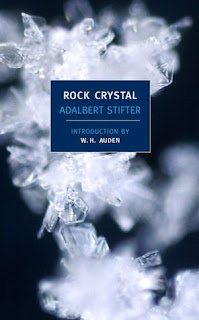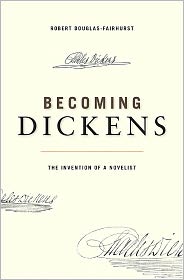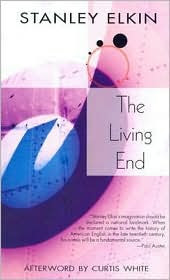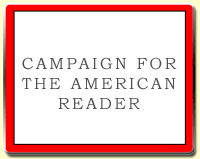 John Gapper is chief business commentator of the Financial Times, where he writes a weekly column. He co-authored All That Glitters, an account of the collapse of Barings bank in 1995.
John Gapper is chief business commentator of the Financial Times, where he writes a weekly column. He co-authored All That Glitters, an account of the collapse of Barings bank in 1995.One of his five top books on financial speculation, as told to Robert Cottrell at The Browser:
Extraordinary Popular Delusions and the Madness of CrowdsRead about the other books Gapper tagged at The Browser.
by Charles Mackay
[Y]our first book is Extraordinary Popular Delusions and the Madness of Crowd by Charles MacKay. It sounds as though we haven’t even digested what Mackay was trying to tell us in 1841.
It’s a very patchy book, but it leads off with three classic financial booms and busts – tulip mania in Holland, the Mississippi scheme in 18th century France, and the South Sea Bubble. MacKay was a journalist with a fine tabloid style, and he writes it all up very entertainingly. He gets the eyewitness quotes and he finds the human foibles. And, because he was the first person to collect these episodes, his book has become the source material for a lot of later works that are more scholarly and more rigorous. And yes, when you read Mackay, you do think, “Oh my goodness, this is what’s happening now.” There are extraordinary parallels.For example?
In periods of speculation, people start trading derivatives of whatever the primary commodity might be. During the South Sea Bubble they were speculating not only on sailcloth for the expeditions, but on options to buy the sailcloth.
James Surowiecki wrote a recent book called The Wisdom Of Crowds. Are the wisdom and the madness reconcilable?
Surowiecki talks about the way in which crowds of people making independent judgments can come up with good decisions. But if you have a coordinated mass hysteria, that’s something completely different.
Extraordinary Popular Delusions and the Madness of Crowds also appears on Frank Partnoy's five best list of books on financial schemes and Jonah Lehrer's list of the five best books on irrational decision-making.
--Marshal Zeringue




















































